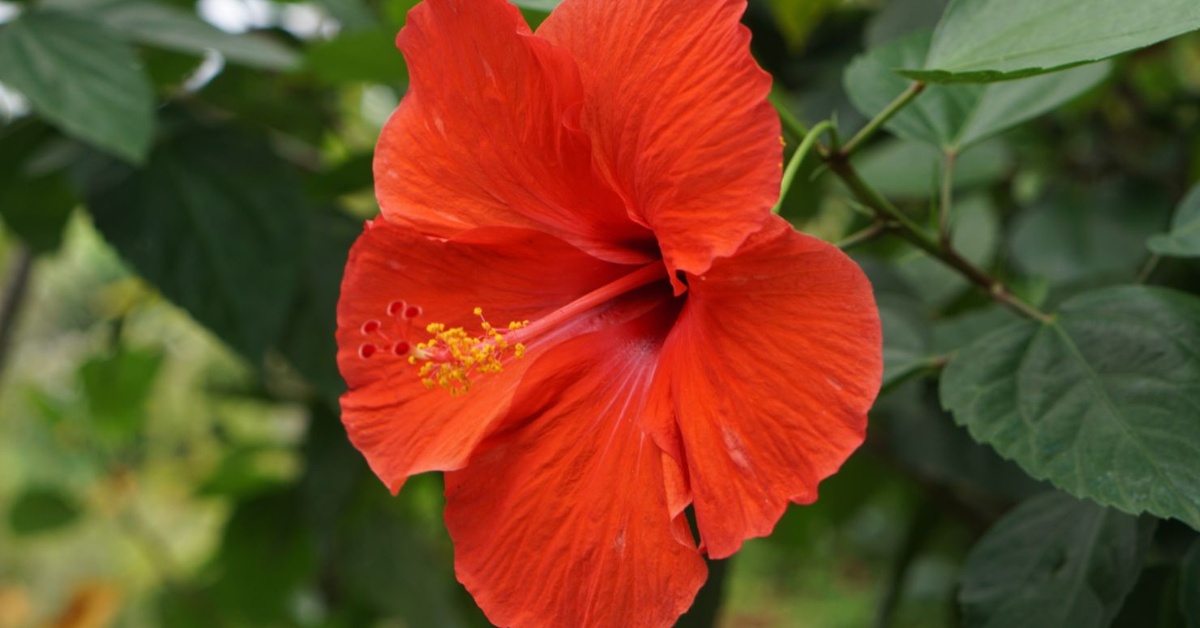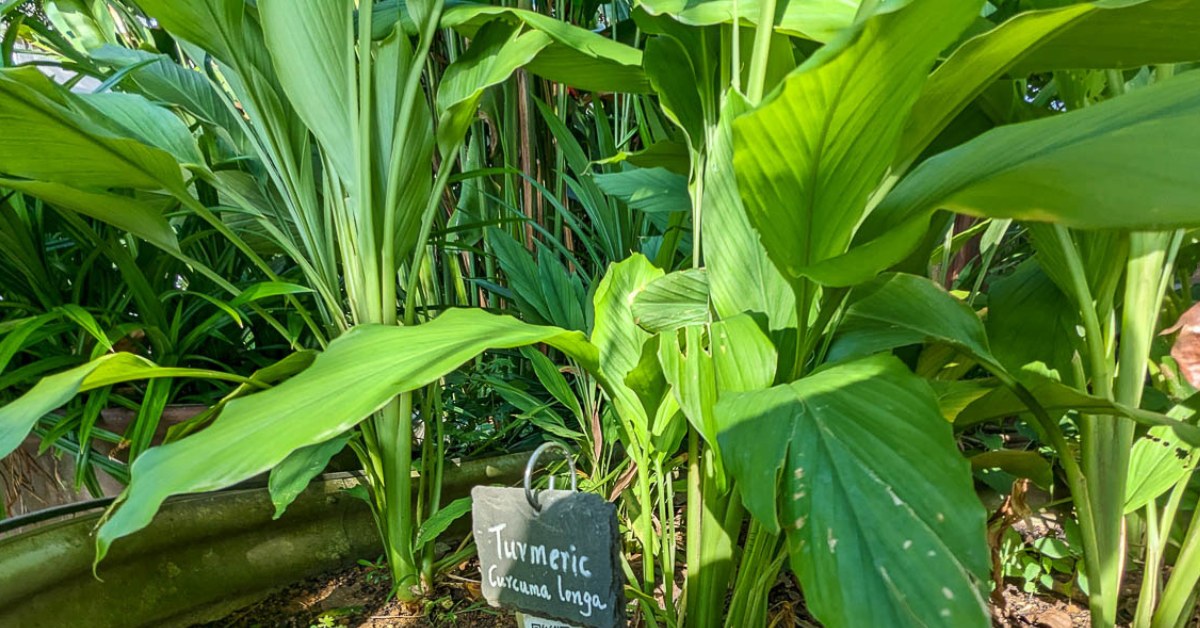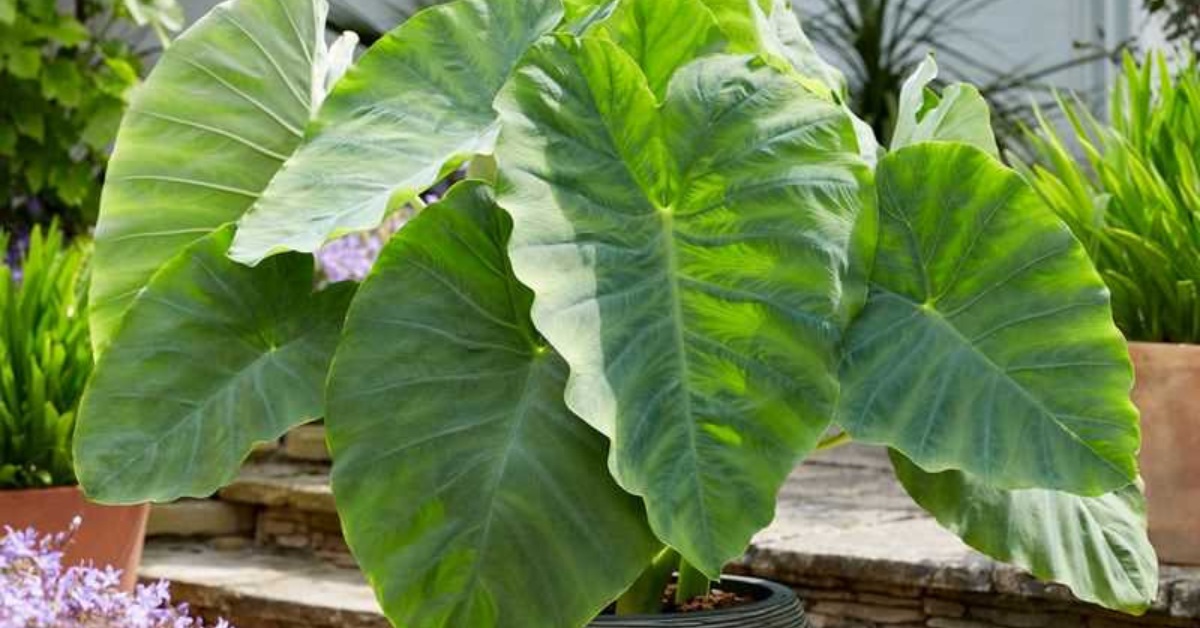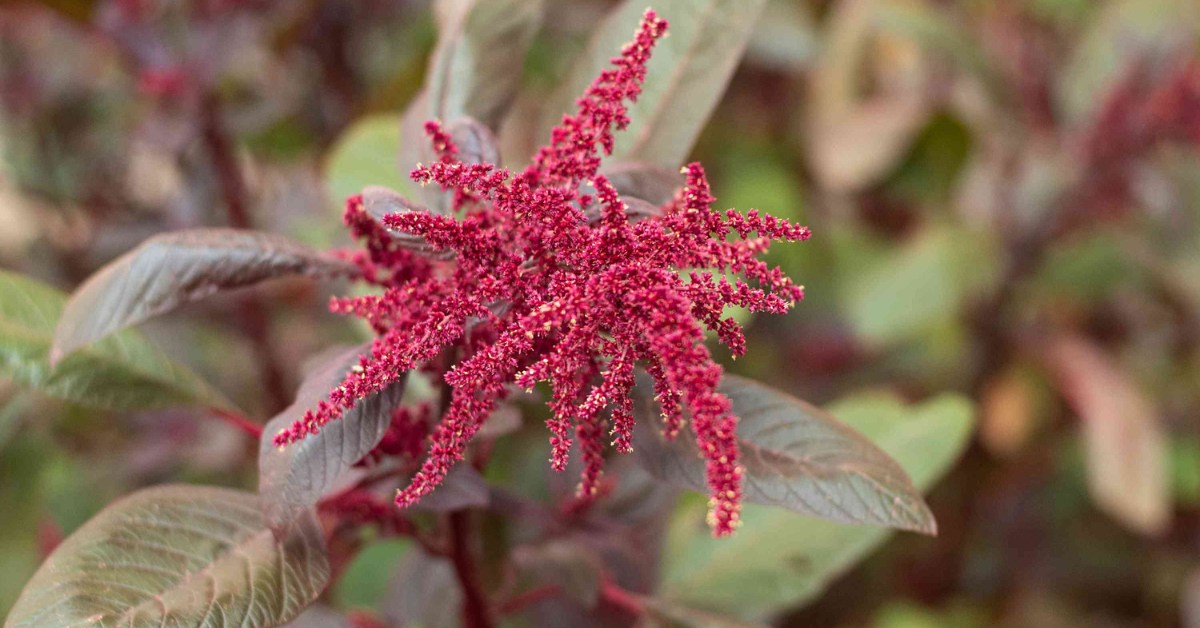6 Best Plants to Grow During the Indian Monsoon — And How to Care for Them
The Indian monsoon is a gardener’s opportunity to let nature take the reins. The consistent rain, cooler temperatures, and high humidity create the ideal environment for certain plants to flourish. But not all plants are built for the wet. Some may rot, struggle, or attract pests. The key is to choose varieties that love water, tolerate humidity, and grow in the warm and damp conditions of monsoon.
Whether you are planting in a backyard, a courtyard, or even a handful of balcony pots, here are six hardy and rewarding plants that make the most of the Indian monsoon, with practical advice on how to grow and care for them.
1. Hibiscus
The hibiscus is more than just a pretty face. Known for its large and bright flowers, often in red, yellow, or pink, it is commonly grown in Indian homes for religious offerings and traditional remedies. But it is also a fantastic ornamental plant that does well in monsoon conditions.
How to grow:
Plant hibiscus in nutrient-rich and well-draining soil. While it appreciates moisture, it is important to prevent waterlogging, which can lead to root rot. If you are planting in pots, make sure they have drainage holes. Add compost or vermicompost to give it a nutrient boost. Hibiscus appreciates direct morning sun and light afternoon shade.
 Hibiscus is a fantastic ornamental plant that does well in monsoon conditions, Picture source: The Spruce
Hibiscus is a fantastic ornamental plant that does well in monsoon conditions, Picture source: The Spruce
Monsoon tip:
Heavy rains encourage rapid growth, so pruning during the early monsoon helps shape the plant and promote flowering. Look out for aphids and mealybugs, which can appear during humid spells. You can apply neem oil spray as it is suitable for the plant.
2. Turmeric
A must-have in every Indian kitchen, turmeric is not just a spice, it is a medicinal powerhouse and a beautiful garden plant with its lush and broad leaves and occasional cone-like flowers. It is particularly well-suited to India’s tropical and subtropical regions.
How to grow:
Plant healthy rhizomes (turmeric roots) in loose, loamy soil enriched with compost or aged manure. Make shallow trenches and place the rhizomes about five to seven centimetres deep. Turmeric needs warm temperatures (22–28°C) and steady moisture, so early monsoon is the perfect time to plant.
 Turmeric needs warm temperatures (22–28°C) and steady moisture, so plant them during early monsoon, Picture source: GardeningSG
Turmeric needs warm temperatures (22–28°C) and steady moisture, so plant them during early monsoon, Picture source: GardeningSG
Monsoon tip:
Mulch heavily to conserve moisture and keep the soil temperature stable. Turmeric is a slow grower, so expect to harvest the roots after seven to nine months, when the leaves start to yellow and wilt.
3. Ferns
Ferns bring a soft and natural aesthetic to shaded gardens or indoor spaces, and the monsoon provides just the right conditions for them to flourish. They love humidity, indirect light, and consistent moisture.
How to grow:
Choose species like Boston fern, Maidenhair fern, or Sword fern, depending on your climate and aesthetic preference. Plant in porous, organic-rich soil with plenty of leaf mould or coco peat. Keep them in dappled shade, never direct sun, and mist regularly if the rainfall is not consistent.
 Ferns bring a soft and natural aesthetic to shaded gardens or indoor spaces, Picture source: The Spruce
Ferns bring a soft and natural aesthetic to shaded gardens or indoor spaces, Picture source: The Spruce
Monsoon tip:
Ferns are prone to fungal issues if ventilation is poor. Make sure the area has airflow, especially if you are growing them in indoor or balcony setups.
4. Water Spinach
Popular in West Bengal, Assam, and parts of the South, water spinach (or kangkung) is a nutrient-rich leafy vegetable that grows effortlessly in wet and marshy areas. It is rich in iron and vitamins A and C, perfect for daily cooking.
How to grow:
Water spinach can be grown from seed or stem cuttings. It prefers constantly moist or even shallowly flooded soil, making it ideal for monsoon kitchen gardens. Raised beds with slow drainage work well, or you can grow it in tubs and buckets.
 Water spinach prefers constantly moist or even shallowly flooded soil, making it ideal for monsoon kitchen gardens, Picture source: TEO Garden
Water spinach prefers constantly moist or even shallowly flooded soil, making it ideal for monsoon kitchen gardens, Picture source: TEO Garden
Monsoon tip:
Harvest regularly to promote bushy growth. If you are in a region with intermittent rainfall, water spinach can still grow with occasional hand-watering to mimic swamp-like conditions.
5. Colocasia (also known as Arbi or Taro)
If your garden tends to get flooded or stays soggy during the rains, Colocasia is the perfect solution. It is a traditional monsoon crop grown in states like Odisha, West Bengal, and the North-East, valued for both its edible corms and large and ornamental leaves.
How to grow:
Plant corms (tubers) 10–15 cm deep in moisture-retentive soil before the rains arrive. Colocasia grows in heavy clay soils and tolerates standing water for short periods. Provide light shade in very sunny regions.
 Colocasia grows in heavy clay soils and tolerates standing water for short periods, Picture source: TASC Tulip
Colocasia grows in heavy clay soils and tolerates standing water for short periods, Picture source: TASC Tulip
Monsoon tip:
The leaves are prone to pest attacks in prolonged wet spells, so monitor regularly for caterpillars and snails. A natural garlic spray can help deter them.
6. Amaranth (also called Chaulai)
A traditional leafy green grown across India, amaranth is known for its rapid growth and nutritional benefits. It comes in green and red varieties and is packed with iron, calcium, and protein. It is a brilliant monsoon crop for both rural farms and urban gardens.
How to grow:
Sow seeds directly in loose and well-drained soil enriched with compost. Thin the seedlings after a week to avoid overcrowding. It prefers full sun but can manage in partial shade, especially during the rainy season.
 Amaranth comes in green and red varieties and is packed with iron, calcium, and protein, Picture source: The Spruce
Amaranth comes in green and red varieties and is packed with iron, calcium, and protein, Picture source: The Spruce
Monsoon tip:
Amaranth grows back quickly after cutting, so you can harvest the leaves every two to three weeks. Be wary of fungal rust in persistent wet weather, avoid overhead watering, and space plants well to improve air circulation.
Additional tips for successful monsoon gardening
- Even water-loving plants dislike waterlogged roots. Make sure your garden beds or containers allow excess water to escape.
- Slugs, snails, and aphids tend to survive in wet conditions. Use neem oil or ash as organic deterrents.
- Mulching helps retain soil moisture, suppress weeds, and prevent splash-related fungal diseases during heavy rains.
- Fallen leaves and rotting debris can invite fungus and pests. Keep the garden floor clean.
- If you have grown turmeric or colocasia in the same bed last year, consider rotating to avoid soil nutrient depletion.
Edited by Vidya Gowri
News